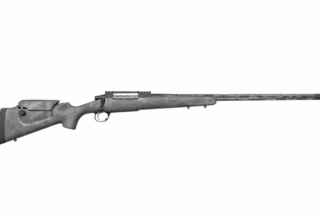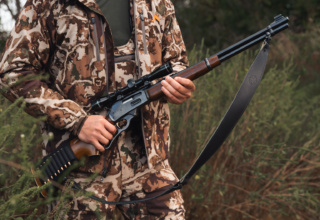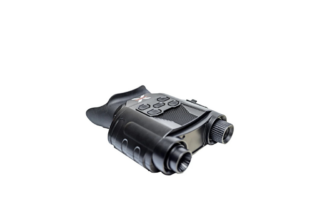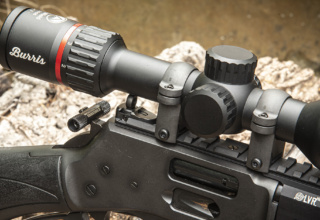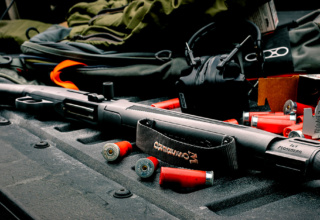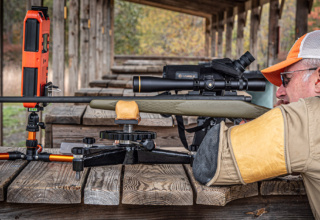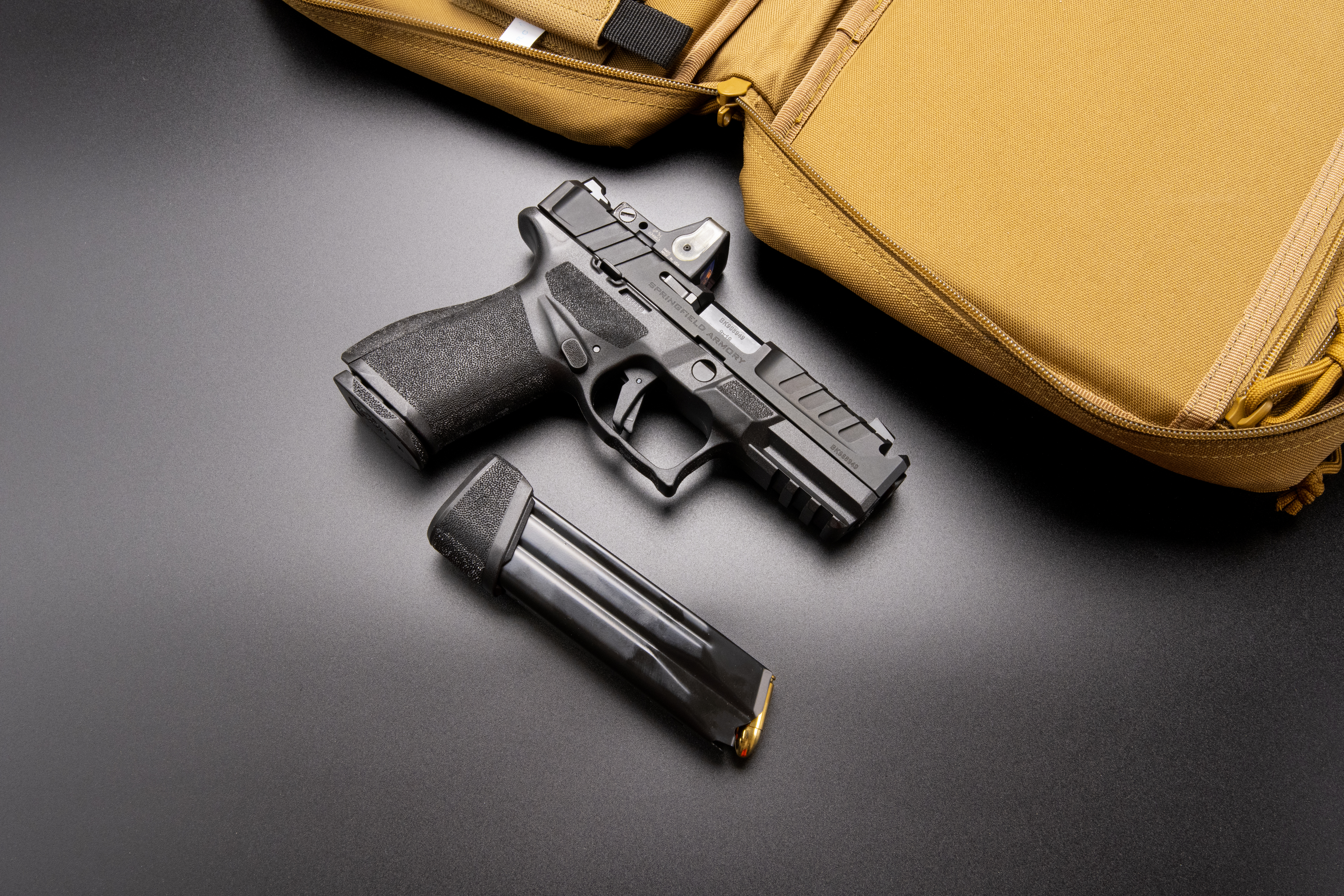You’ve spent days and weeks preparing for the deer season, and your trail camera has taken photos of the biggest buck you’ve ever seen. You’ve practiced shooting beside the garage and hung your treestand in the perfect travel corridor between the buck’s bedding and feeding area.
As if living in a dream, the buck shows up and all your hard work is about to pay off. You draw your bow, just like you practiced, level your sight pin on the deer’s vitals, and slowly squeeze the trigger on your release. Your arrow flies high and off the mark, sending the buck into racing escape mode.
How could you have possibly missed after taking the time to practice and prepare to harvest the buck cleanly and effectively? The biggest reason archers have misguided arrows from treestands is their shooting form. Shooting angles can be a tricky business and practicing to get it right is the best way to learn lessons before the buck of a lifetime shows up.
Most of us practice shooting at ground level. We set up a target, block, or 3D critter and launch arrows until we start damaging arrows or nocks as your accuracy improves. Your consistency is what makes you accurate and your balance and alignment to your bow is critical. However, shooting from a tree, with a steep angle, changes your upper body symmetry entirely. If you drop your arms to compensate for the angle you will not be looking at your peep or sight the same as you did on level ground. When you release your arrow it will be off the mark.
[quotes quotes_style=”bquotes” quotes_pos=”center”]”The best advice I can provide is to practice shooting angles from a treestand and figure out what works for you.”[/quotes]
A couple ways to beat angle problems is to bend at the waist in order to keep the balance between your body and your bow, just like you practiced on horizontal ground. Your sight can play a significant role in staying on target and the RANGE•ROVER™ PRO sight by TRUGLO can offer huge advantages from a treestand. There is no pin in the sight—simply a crisp, green illuminated dot that provides a good field of view while maintaining a precise aiming point.
The dot is laminated in the lens and features 11 different brightness settings, offering a bright and reliable sight picture in any light. Controlling your brightness is especially important in a treesand, where the lighting conditions in your stand and on the ground could be very different. Most notable are the ranging features of this sight—the entire aperture moves up and down to adapt to various distances or shooting angles. This allows a treestand hunter to use the entire sight picture at any range (not obscured by other pins) whether the deer in a distant meadow or sneaking directly below the tree. Simply range your target, dial the distance, and shoot to the exact spot where the illuminated dot is aligned.

Good form on the ground or in a tree comes from consistency and in today’s archery world there is a host of products to help us stay consistent. If you look through a TRUGLO® catalog, you’ll find all the small items that add up to a big difference in consistency and accuracy. I started shooting with a kisser button and still recommend one for anyone wanting to ensure they always use and draw to the same anchor point. TRUGLO offers its own Kisser Buttons in a variety of colors to match today’s customized bows. A string loop ensures you have the exact same release point every time you shoot an arrow. The loop is durable and forgiving when it comes to being pulled at different angles. I use a TRUGLO SPEED SHOT™ XS BOA® release for consistent string release every time.
The mechanical releases are the number one reason archers see improvements in accuracy, and if you ever shot with your fingers you’ll know what I’m talking about. The BOA has a tension dial to fasten the release to your wrist. I like the adjustability when wearing different clothes under different hunting situations. The trigger has a lightweight pull and the jaws hold the string firmly but, more importantly, release it smoothly.

Peep sights are a necessity when using any type of sight. It aligns your eye through your string and centers it on your sight. The size of the aperture in the peep is usually an individual preference. Small openings mean tight er accuracy, but in low light or with dark backgrounds they can limit your sight picture.

Check-out TRUGLO’s VERSA™-PEEP which includes interchangeable inserts allowing the shooter to customize peep size preference.
The best advice I can provide is to practice shooting angles from a treestand and figure out what works for you. If you’re smart, you’ll always have a safety harness on and one of the techniques you can try is to lean forward, with weight on the harness strap to change your shot angle. You need to trust your harness and ensure you have it set up and adjusted properly. Leaning forward will put you perpendicular to the target again.
Back tension releases can be used to ensure you aren’t shortcutting your draw cycle. Things always feel different in the tree and drawing the same is critical. Back tension will force you to keep proper form.
Practice shooting from the sitting position. Leaning forward and bending at the waist when sitting may feel awkward so make sure you practice to ensure you’ll hit the mark when releasing an arrow.
Good form in a treestand is just as critical as the time you spend practicing, scouting and preparing for all the other aspects of our hunt. Practice good form and know what to do when that buck of a lifetime shows up under your stand.
- Burris Fullfield Marks 50 Years…and Still Going - August 18, 2025
- Benelli Migration Madness Sweepstakes - August 1, 2025
- Real Avid Announces the Master Maintenance Collection for Glock® - July 29, 2025


